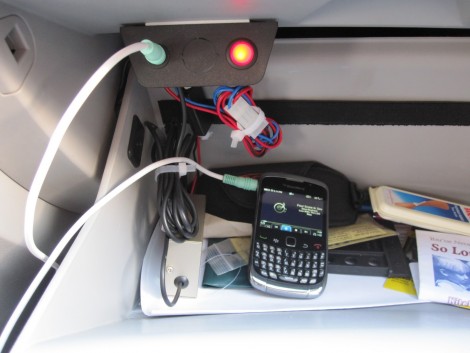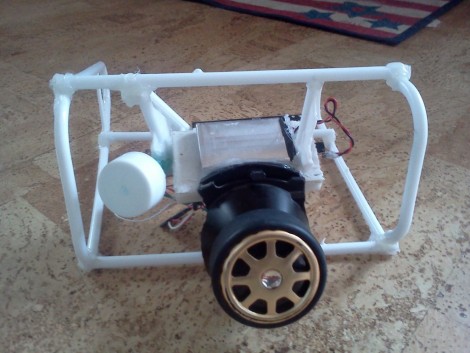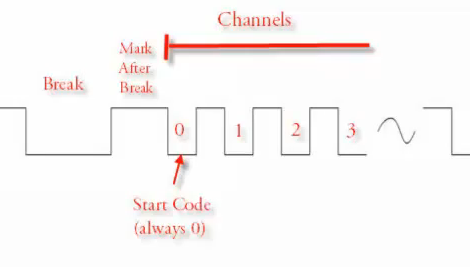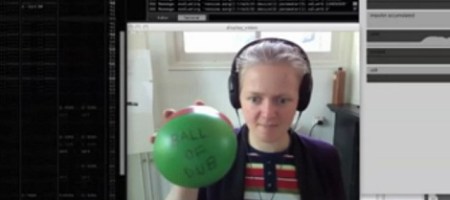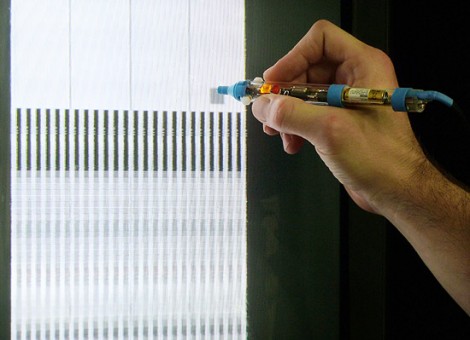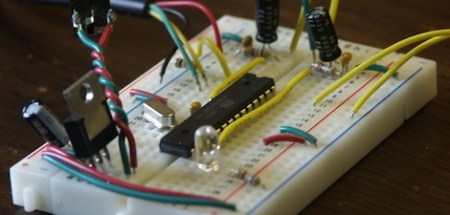
Here’s a fiery project which [Patrick] calls his Pyro Jam Can. It’s the simplest Rubens’ Tube build that we can think of. For the uninformed, a Rubens’ tube uses flammable gas to reveal wave forms passing through the supply vessel. In the past we’ve seen projects with multiple columns, which very clearly show a standing wave. But this version lacks the resolution for that, so the wave is seen as a modulated flame height.
You can see the propane feed tube coming into the can from the right. This keeps the gas flowing steadily, but a diaphram on the bottom of the can made of a latex balloon allows for modulations in flame height by pushing the gas through the aperture a bit faster than it is flowing. A speaker in the base bounces sound waves off of the diaphragm for the effect seen in the video clip after the break.
We wonder if the can will ever heat up enough to melt the balloon on the other end?

